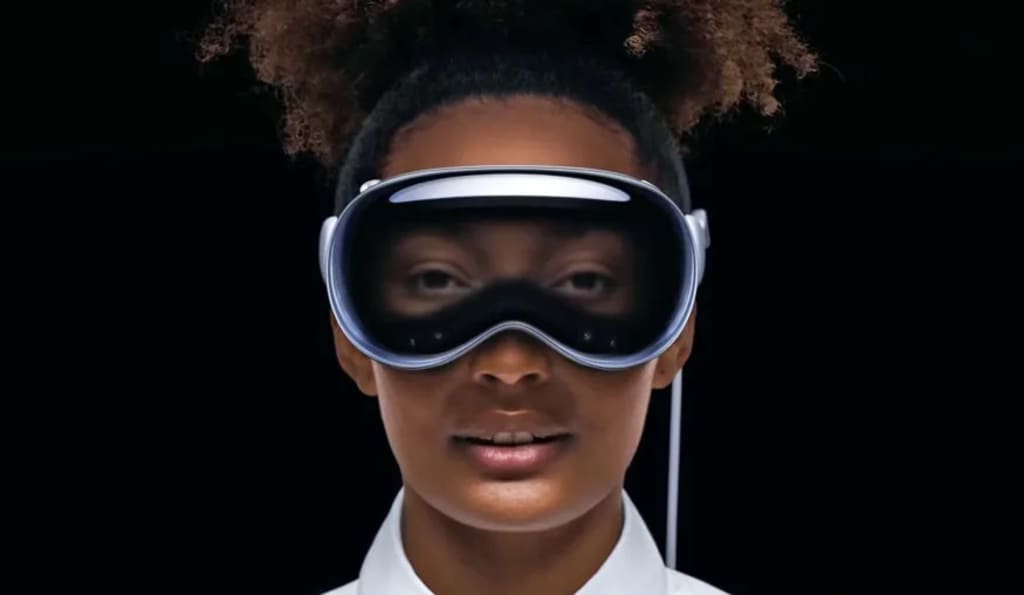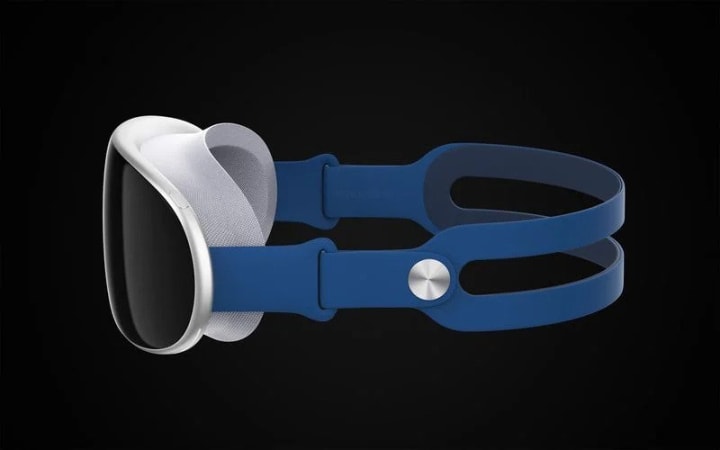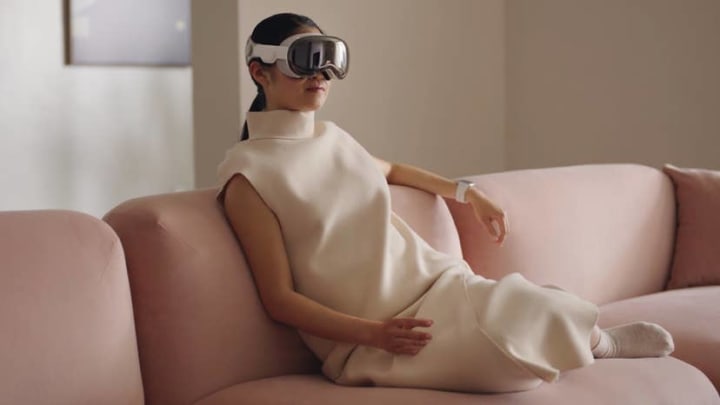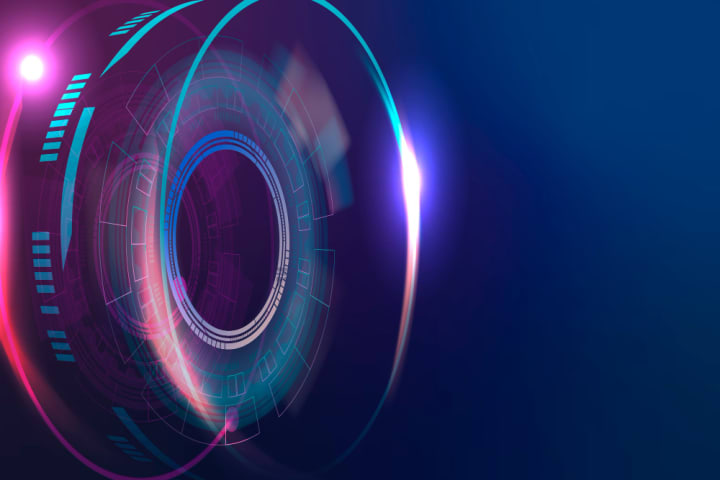First-hand review of apple vision pro
Apple's first-generation AR/VR headset

So, I had about a 30-minute demo just using this new AR and if you are like me, I know you have a lot of questions. I will start by explaining all about it and also try to answer obvious questions.
What is AR technology
Augmented Reality (AR) is a technology that superimposes digital information and virtual objects on the actual world to improve the user's perception and interaction with their surroundings. It seamlessly integrates computer-generated aspects with the actual environment, allowing users to see and interact with both at the same time.
The technology is often comprised of both hardware and software components. Smartphones, tablets, smart glasses, and specialist AR headsets are examples of hardware. Cameras, sensors, and display displays are used in these devices to capture and supplement the user's perspective of the real environment.
Okay, enough of the technical stuff. Let’s dive right into Apple’s Vision Pro.
Apple's Vision Pro

First things first, this is a first-generation Apple device, which we don't see very often, but it is an augmented reality / virtual reality headset that you strap to your face. It will start at $3,500 and go on sale starting sometime early next year.
The best part, this isn't something that's paired to your iPhone or your Mac by default; instead, it's a standalone computer with an M2 Chip inside its own Wi-Fi connection, a set of speakers above each ear on the band, and a dedicated new R1 chip that is doing all of the real-time processing from all the sensors. For the time being, no one has been able to record a video of using it, so I'll have to do my best with descriptions here.
How does it work
Normally, on other headsets like this, there are screens on the inside and then some sort of shell with sensors on the outside that help detect what is in your room around you and help to see the controllers in your hands, but with this one, there are no controllers at all; none are being made for it; none are going to be optional accessories; none are even being designed; you are controlling this thing entirely with your hands and your eyes. How cool, huh!
The headset is basically covered in a plethora of sensors. The two primary forward-facing cameras are two recessed, downward-pointing cameras two additional side cameras there are two infrared lights. a scanner for lidar real depth camera On the inside, there are also several infrared illuminators and infrared cameras that are just there to follow your eyes. These are all to maintain track of what's going around the headset and to track your hands in front of your face.
You measure and sort of scan your face with the iPhone's real depth camera, and it uses that depth information about your face to give you sort of a personalized cutout. You can conduct this setup procedure at Apple Stores before you ever get the headset.
How does it feel to use one

First, this is really good and miles better than a lot on the market right now. This headset is heavy. There's a reason why most other VR headsets are merely plastic, and this VR headset is very weighty in a similar way to how Apple's metal AirPods Max is heavier than other plastic headphones. It's not because it's inexpensive; rather, it's because it's lightweight. Wearing a heavy object on your head can be exhausting, and since this headset is constructed of glass and metal, it's hefty.
It is also extremely well constructed, there is no disputing that. In fact, the battery isn't attached to it; they decided against doing so because it would be too heavy to carry on your head. Instead, they connected the battery through a special cable that can sit next to you on the couch or in your back pocket.
That brings us to the other issue: the battery life. The headset has a two-hour battery life, which is not great and is not very long. There is a USBC port on the battery bank, which you can plug into the wall for an unlimited amount of time, but the moment you unplug it from the wall, the battery bank only lasts for another two hours. But I'm confident that larger external batteries will be made for this device.
Security

There's something they're calling optic ID, which is really just the headgear's fingerprint ID because it looks at your eyes and each person's eyes have a unique biometric pattern, allowing you to log in by simply donning a headset that looks at your eyes. So, I guess you can put your mind can be at peace, knowing that no one is using your headset behind you.
Future prospects
Since it is Apple, most likely, this tech is going to catch and explode, but for now, similar to when the Apple Watch first launched, the Series 0, it will largely be up to the first generation, early adopters, and developers to decide the direction that this thing goes and what people actually want to use it for.
This will shape the future versions of it that we may eventually get down the road, and maybe someday there will be a less expensive version that costs around $400 that the masses will all adopt and that will be this next Generation hit product.
About the Creator
Enjoyed the story? Support the Creator.
Subscribe for free to receive all their stories in your feed. You could also pledge your support or give them a one-off tip, letting them know you appreciate their work.





Comments
There are no comments for this story
Be the first to respond and start the conversation.